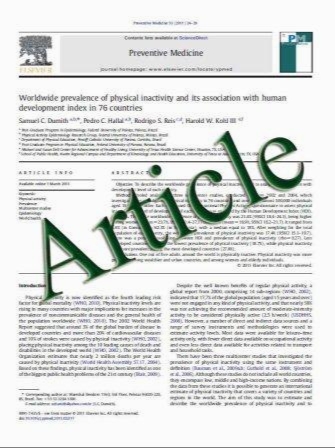The oculomotor nerve: anatomic relationship with the floor of the third ventricle
- نوع فایل : کتاب
- زبان : انگلیسی
- مؤلف : Eveleen Buelens & Guido Wilms & Johannes van Loon & Frank van Calenbergh
- چاپ و سال / کشور: 2011
Description
Purpose Endoscopic third ventriculostomy (ETV) has become first-line treatment for obstructive hydrocephalus. Many complications have been described, but the literature about oculomotor palsy after ETV is scarce. Therefore we undertook an anatomical study of the relationship of the oculomotor nerve to the floor of the third ventricle. Methods Distances and angles between the third nerve and the bottom of the third ventricle were studied both in two cadaver heads and in high-definition CISS images in 16 MRI scans. The angles of the trajectories putting the nerve at risk or not were compared. Finally, in a retrospective analysis of intraoperative images the appearance of the membranous portion of the floor was defined and if visible, the distance of the third nerve to the midline was estimated by comparing with the 8-mm balloon catheter. Results The course of the third nerve is approximately 8 mm laterally and approximately 17 mm caudally distant from the midpoint of the floor of the third ventricle. The angle of the trajectory to damage the third nerve is at least 12° greater than any safe angle of ETV trajectory through a normal burr hole. Conclusions The third nerve is not always visible during ETV procedures, but the angular and linear measurements imply that the risk to damage the nerve should be relatively small. Confirmation of these data in hydrocephalic patients with distorted anatomy is needed
Childs Nerv Syst (2011) 27:943–948 DOI 10.1007/s00381-010-1317-5 Received: 30 August 2010 / Accepted: 14 October 2010 / Published online: 15 January 2011


